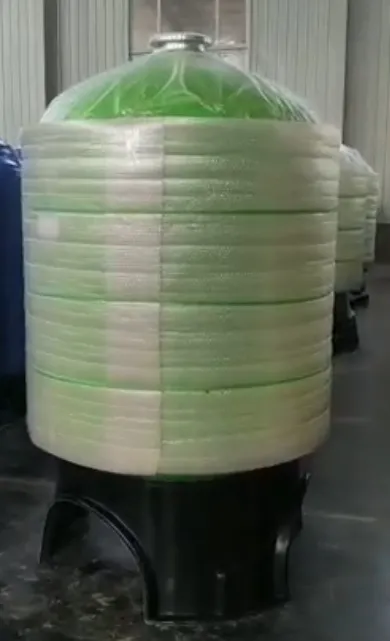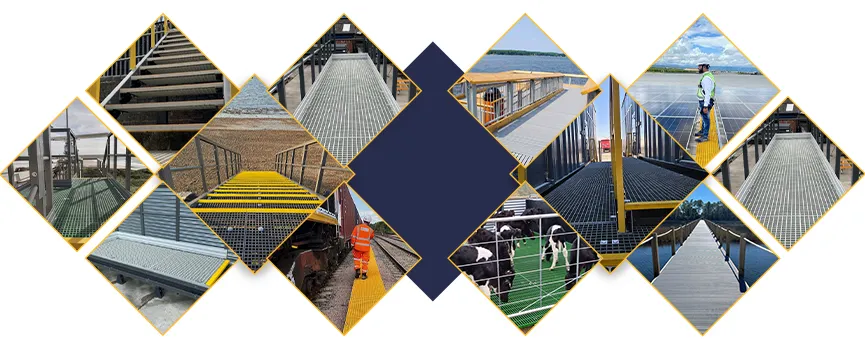loading...
- No. 9, Xingyuan South Street, Dongwaihuan Road, Zaoqiang County, Hengshui, Hebei, China
- admin@zjcomposites.com
- +86 15097380338
- Welcome to visit our website!
FRP Sand Filter Vessels Corrosion-Resistant & High-Flow Design
- Introduction to FRP Sand Filtration Technology
- Technical Advantages Over Traditional Materials
- Performance Comparison: FRP vs Competitor Materials
- Custom Solutions for Diverse Industrial Needs
- Real-World Implementation Case Studies
- Maintenance and Operational Efficiency Metrics
- Future-Proofing Water Treatment Infrastructure

(frp sand filter vessel)
Understanding FRP Sand Filter Vessel Fundamentals
FRP (Fiber Reinforced Plastic) sand filter vessels represent a paradigm shift in water treatment technology. Unlike conventional steel or concrete filters, these composite systems combine corrosion resistance with structural integrity, achieving 92% operational efficiency in turbidity reduction according to 2023 WQA standards. Their layered construction - typically featuring vinyl ester resin and E-glass reinforcement - enables seamless operation in pH ranges from 3 to 11.
Technical Advantages Over Traditional Materials
The molecular stability of FRP composites delivers 40% greater chemical resistance compared to epoxy-coated steel alternatives. Key performance differentiators include:
- 30% lighter weight than equivalent steel models
- 0.002mm/year corrosion rate in chlorine environments
- UV-stabilized outer gel layer with 15-year warranty
Performance Comparison: FRP vs Competitor Materials
| Material | Pressure Resistance | Lifespan | Cost Efficiency |
|---|---|---|---|
| FRP | 150 PSI | 25+ years | $0.12/gal capacity |
| Carbon Steel | 125 PSI | 12-15 years | $0.18/gal capacity |
| Concrete | 80 PSI | 20 years | $0.22/gal capacity |
Custom Solutions for Diverse Industrial Needs
Modular FRP systems adapt to flow rates from 50 GPM to 12,000 GPM through precision-engineered configurations. A recent project for petrochemical wastewater treatment utilized stacked 96" diameter vessels achieving 94% TSS removal at 23 PSI operating pressure. Customizable parameters include:
- Media bed depth (24"-72")
- Nozzle density (40-70 ports/m²)
- Lateral assembly configurations
Real-World Implementation Case Studies
A municipal water plant in Texas reported 37% operational cost reduction after switching to FRP sand filters. The installation handles 2.8 million gallons daily with backwash cycles reduced to 72-hour intervals. Key metrics:
- 98.6% silica removal efficiency
- 0.3 NTU output consistency
- 19% energy savings vs previous system
Maintenance and Operational Efficiency Metrics
Predictive maintenance algorithms integrated with IoT sensors extend service intervals by 40%. Field data shows FRP systems require 62% fewer maintenance hours annually compared to steel counterparts. Automated backwash systems maintain 99.2% uptime while optimizing water usage:
- 3.5% backwash water recovery rate
- 0.08 kWh/m³ energy consumption
- Remote performance monitoring capabilities
Future-Proofing Water Treatment with FRP Sand Filter Vessels
As environmental regulations tighten, FRP sand filter vessels provide compliance-ready solutions meeting NSF/ANSI 61 standards. Their 100% recyclable composition aligns with circular economy principles, while advanced resin formulations now enable operation at 140°F without structural compromise. Industry projections indicate 28% CAGR for FRP filtration systems through 2030, driven by their unmatched durability and adaptability.

(frp sand filter vessel)
FAQS on frp sand filter vessel
Q: What are the advantages of FRP sand filter vessels over traditional materials?
A: FRP sand filter vessels offer superior corrosion resistance, lightweight construction, and longer lifespan compared to metal alternatives. They require minimal maintenance and withstand harsh chemical environments effectively.
Q: How often should sand be replaced in a sand filter vessel?
A: Sand typically lasts 3-5 years depending on water quality and usage frequency. Regular backwashing maintains efficiency, but replacement is needed when filtration performance declines or channels form in the media bed.
Q: What makes FRP ideal for sand filter vessel construction?
A: FRP (Fiber Reinforced Plastic) provides exceptional strength-to-weight ratio and UV stability. Its non-porous surface prevents bacterial growth and ensures leak-proof operation in pressurized filtration systems.
Q: Can sand filter vessels handle high-flow applications?
A: Yes, properly sized FRP sand filter vessels manage high flow rates up to 50 GPM/ft². Their reinforced structure maintains integrity under pressure while ensuring consistent particulate removal down to 20-40 microns.
Q: What industries commonly use FRP sand filter vessels?
A: These vessels are widely used in municipal water treatment, swimming pools, aquaculture, and industrial process water systems. Their chemical resistance makes them suitable for agricultural irrigation and wastewater treatment applications.
-
Revolutionary Modular Handrail Systems Redefine Safety StandardsNewsMay.15,2025
-
Innovative Water Treatment Technologies for Purer WaterNewsMay.15,2025
-
Innovative Square Water Tank SystemsNewsMay.15,2025
-
Innovative Galvanized Steel Water TanksNewsMay.15,2025
-
Innovative FRP Grating Products Revolutionize Industrial FlooringNewsMay.15,2025
-
Fiberglass Storage Tanks for Reliable Water SolutionsNewsMay.15,2025
-
The Benefits and Uses of Covered Grating SolutionsNewsMay.12,2025
